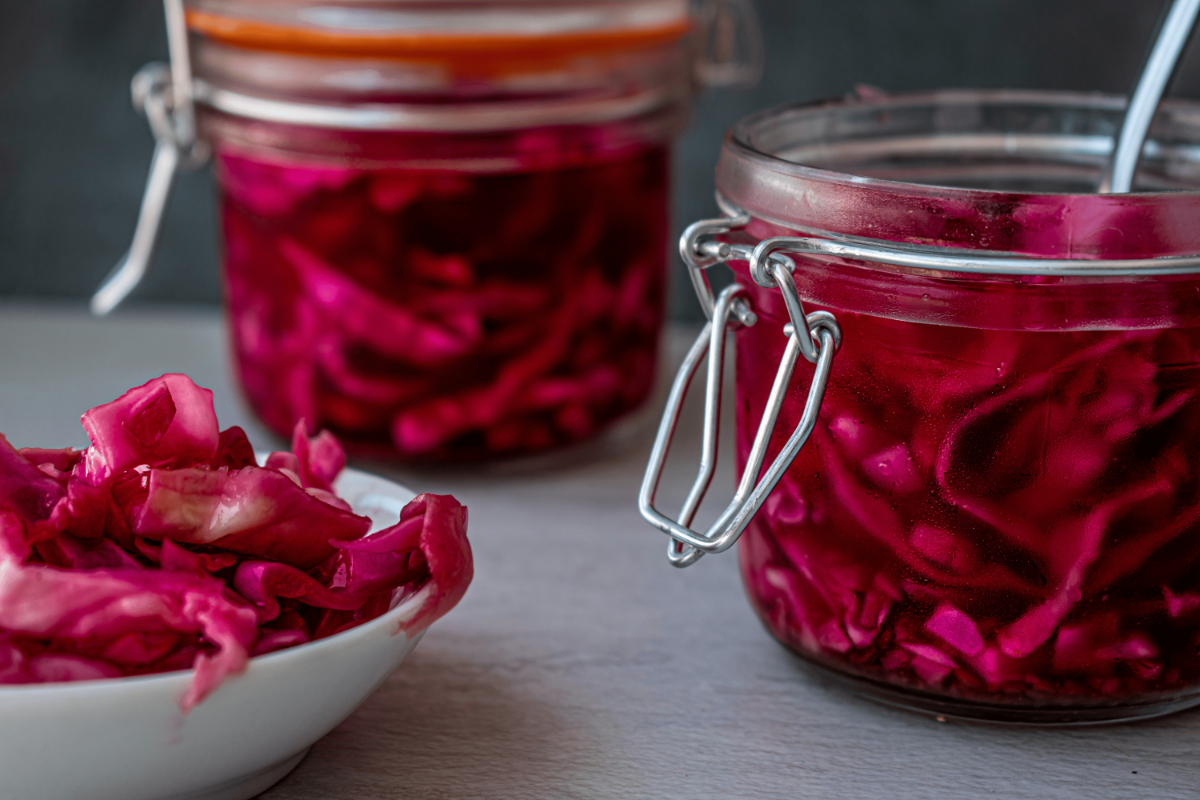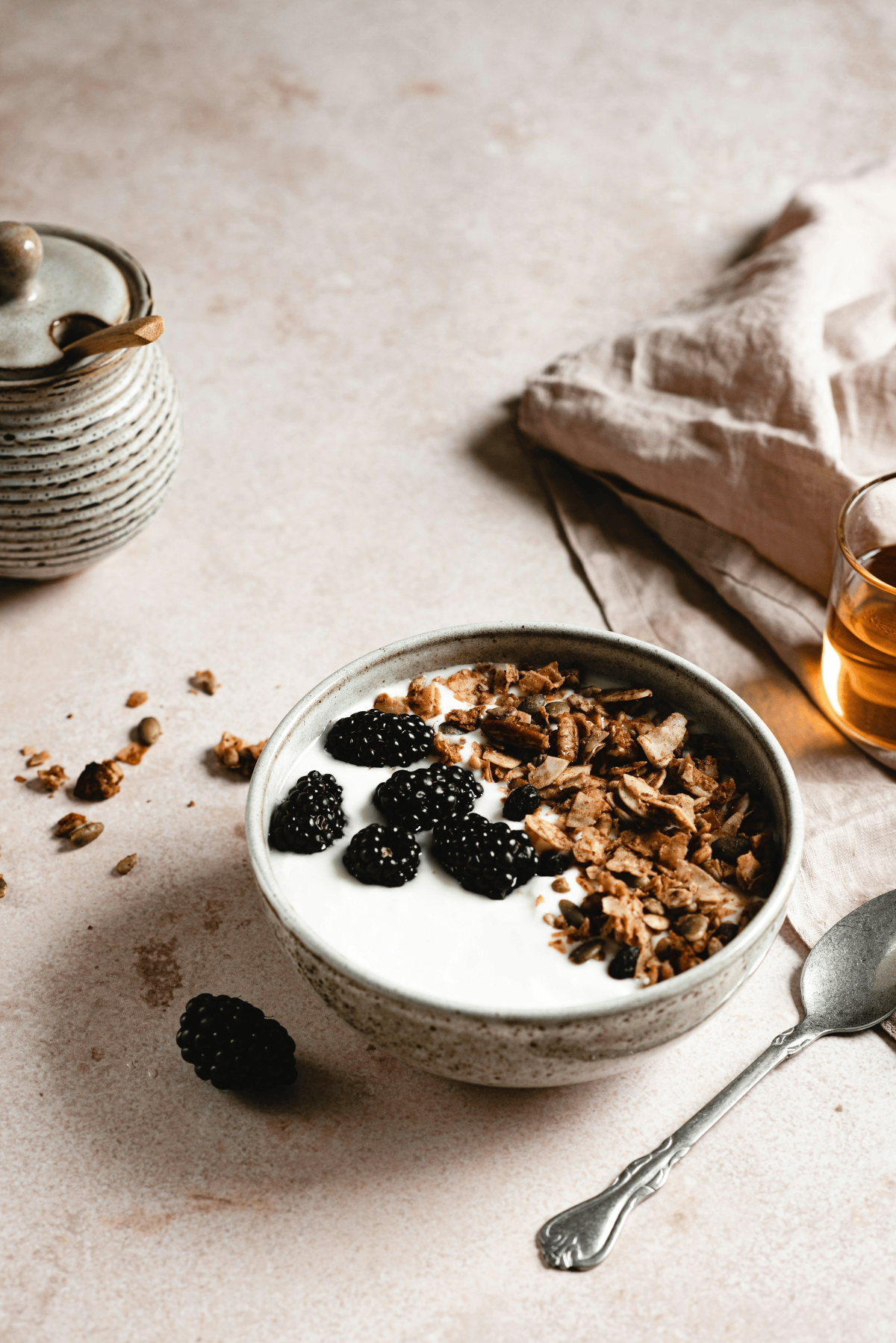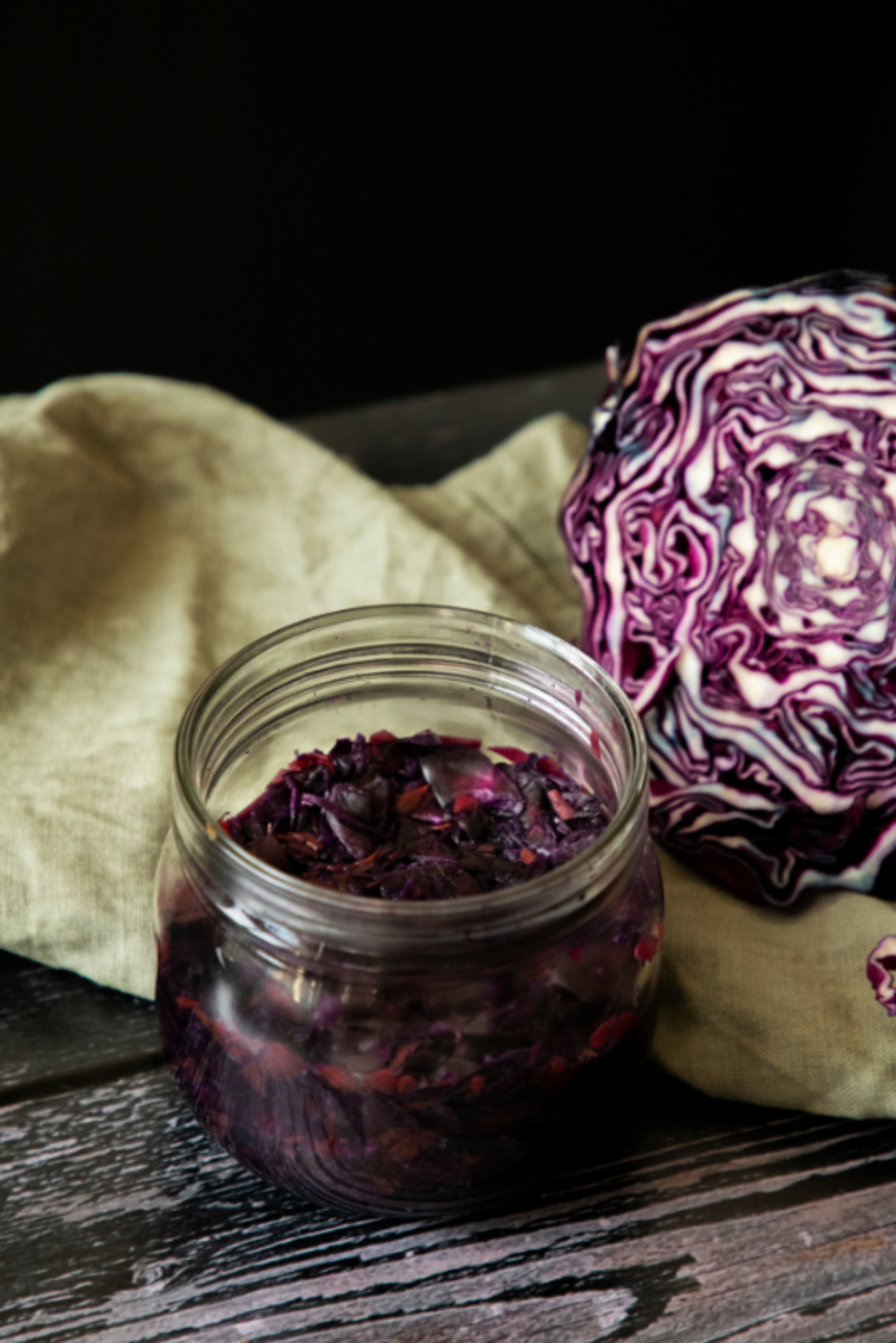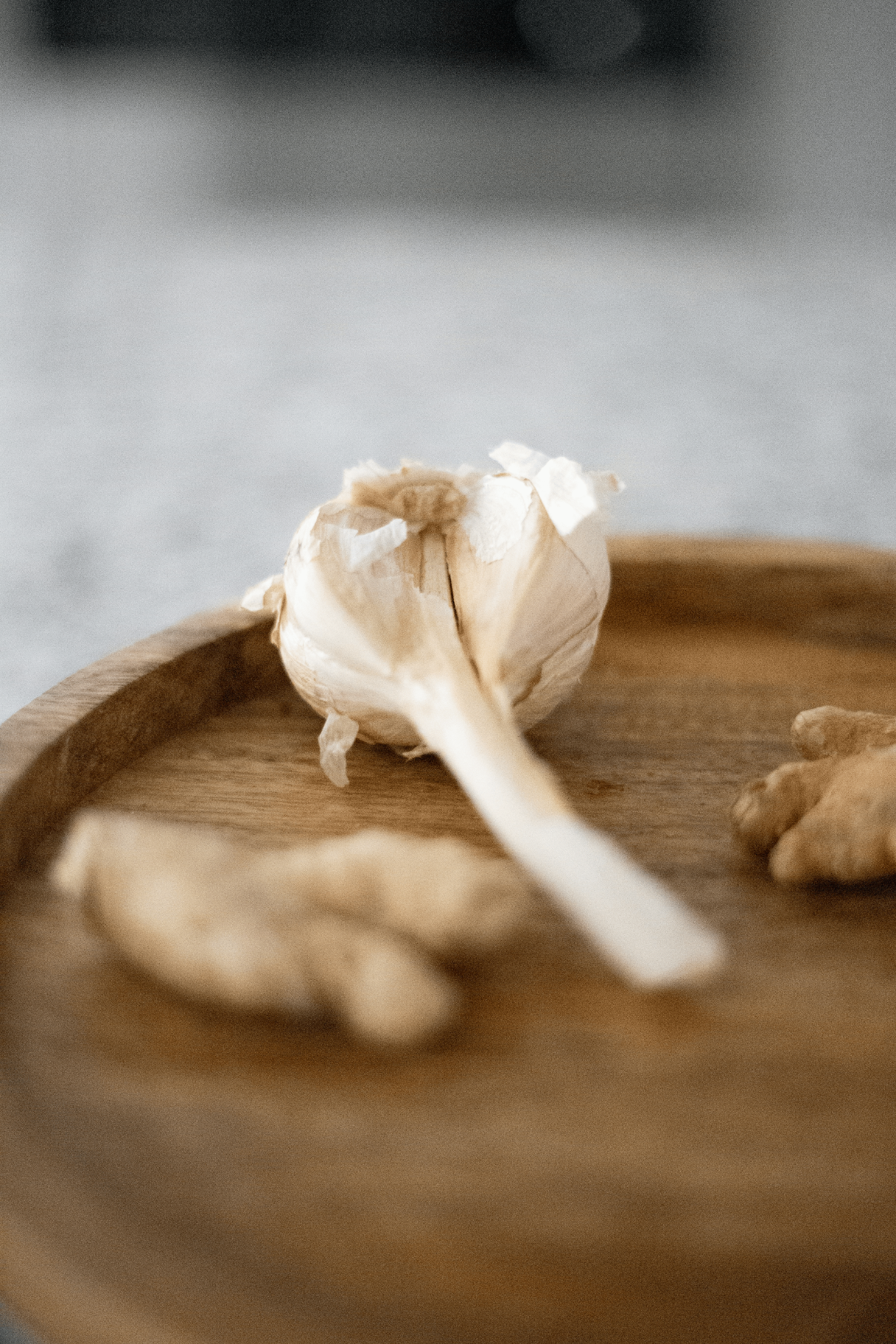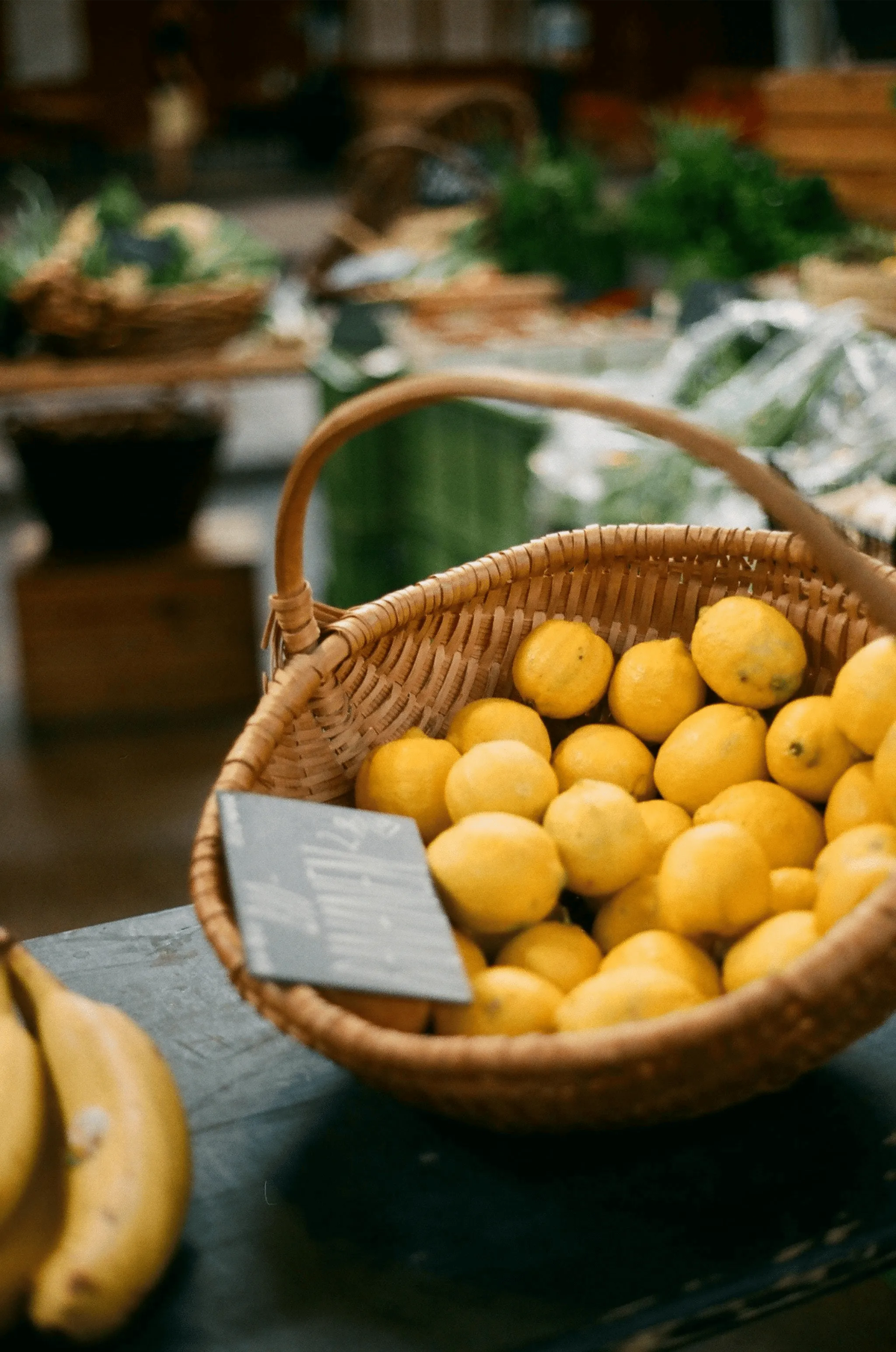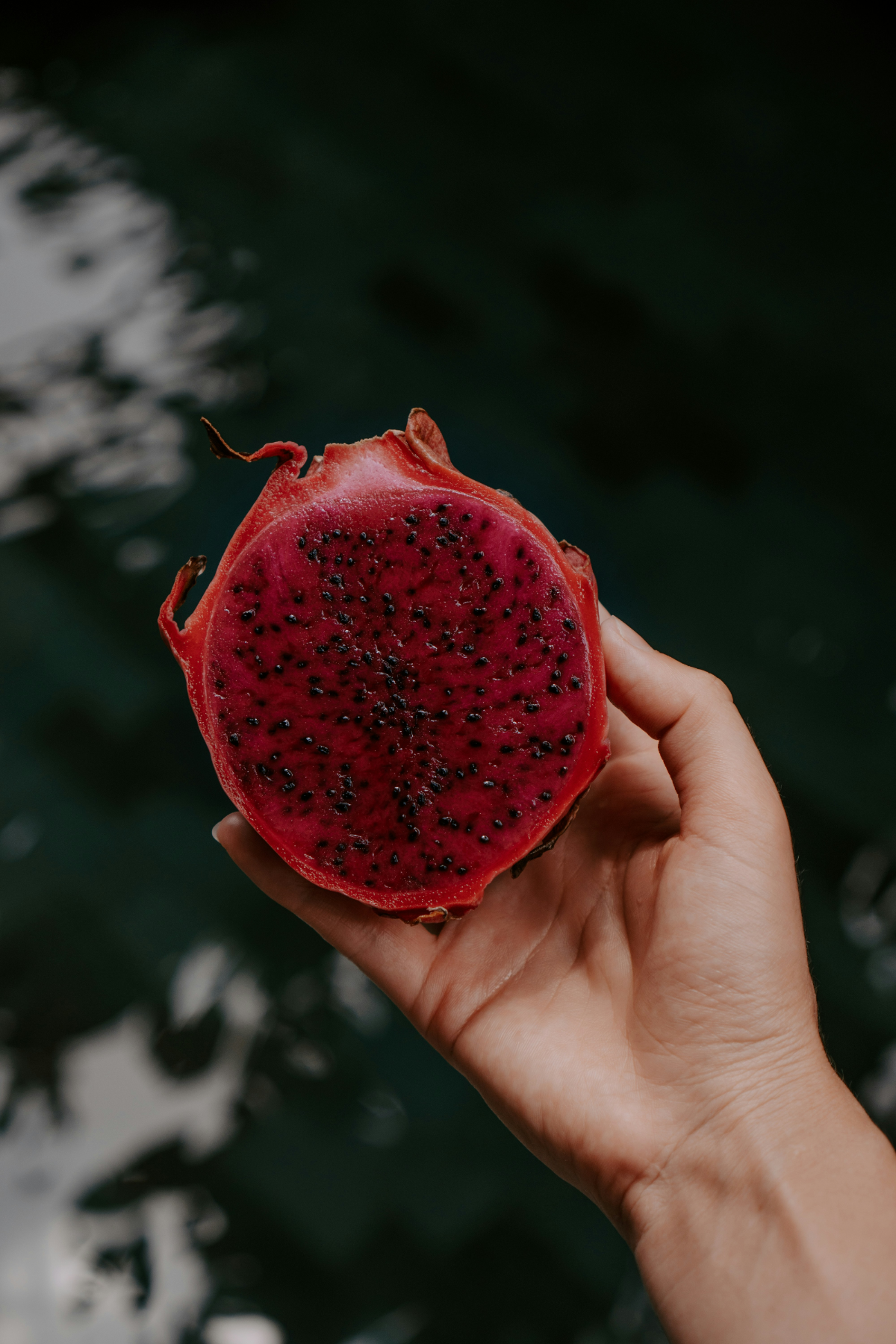Cultured Foods Guide: Beginner’s Farm to Table Fermentation
Last updated November 14, 2025
Ferment sauerkraut, kimchi, or kombucha with our cultured foods guide, simple steps and vibrant flavours nurture gut health.
The gentle crackle of a fermenting jar and the tangy aroma of bubbling brine promise a ritual that transcends mere cooking, offering a sensory-rich pause in your day. The concept of cultured foods centers on the philosophy of harnessing natural fermentation to transform ingredients, guided by principles that set this practice apart from other food preparation methods.
The tradition of making cultured foods started with the motivation to preserve seasonal harvests, enhance nutrition, and create probiotic-rich foods, evolving as people discovered the unique flavors and health benefits of fermentation. This slow, attentive approach aligns naturally with the ethos of slow-food principles.
In this guide, you’ll discover how cultured foods transform farm-fresh produce into probiotic-packed delights. From mastering the fermentation process to savoring every tangy, effervescent bite, we’ll walk you through definitions, health and planet-friendly benefits, essential tools, and foolproof methods. By the end, you’ll have full control over flavors, textures, and techniques, ready to create and eat everything from crunchy sauerkraut to fizzy kombucha, nourishing both gut and spirit. Embrace fermentation as a wellness ritual and sustainability practice that honors each season’s bounty and nurtures a deeper connection to the land you live on. Let’s dive into the world of cultured magic.
Table of Contents
Affiliate Disclosure
Some links in this post are affiliate links. That means we may earn a small commission, at no additional cost to you, if you choose to make a purchase. These are always brands, stays, or experiences we would recommend to a dear friend. Thank you for supporting the quiet sustainability of Terra Selene.
What Are Cultured Foods?
Across millennia, ancient communities harnessed the power of beneficial bacteria to preserve vegetables, milk, and even bread, delighting in new flavor profiles and extending the life of food staples. Even bread, notably sourdough, is a testament to wild yeast harnessed through open fermentation, an art form that transforms mere flour and water into a delicious, chewy staple rich in flavor and digestibility. Cultured foods, often synonymous with fermented foods, rely on microbes, from lactic acid bacteria to yeast, to transform sugars into acids, alcohols, and gases through fermentation.
There are many types of cultured foods, each defined by specific beneficial microorganisms and unique fermentation processes. For example, certain types feature strains like Lactobacillus reuteri or Gasseri, which contribute to their distinct health benefits and flavors.
Lacto-fermentation, the backbone of classics like sauerkraut and kimchi, uses a simple starter culture drawn from raw produce or previous batches, while kefir and yogurt employ defined cultures for consistent results. Even kombucha and water kefir lean on symbiotic colonies of bacteria and yeast, scoby or grains, to craft effervescent, tangy beverages. More modern brands now explore cutting-edge cultures and edge cultures that boost nutrients and probiotic potency. From protein-rich kefir to vitamin-packed kimchi, fermented foods amplify both macro and essential micronutrients, offering both flavor and health benefits. By reviving these ancestral practices, we offer hope for a more sustainable, nutrient-dense menu that honors the planet and the seasons.
Health and Sustainability Benefits
Fermentation offers far more than tangy flavor; it’s a science-driven wellness practice that elevates everyday ingredients into nutrient-dense powerhouses. When you sip a glass of homemade kefir, you’re not just enjoying gentle effervescence: you’re ingesting a living culture loaded with calcium for bone strength, magnesium for muscle and nerve function, and B-vitamins (notably B₁₂ and B₂) plus vitamin K₂ for cardiovascular and bone health. These beneficial bacteria and yeast colonies break down sugars into easily absorbable nutrients, meaning each serving of kefir or yogurt supports digestion, modulates blood sugar response, and contributes to a resilient microbiome, a cornerstone of immune health and even mood balance. The fermentation process can also increase the nutritional content of foods, such as boosting vitamin or probiotic levels over successive batches. Cultured foods are not intended to diagnose, treat, cure, or prevent any disease.
Fermented vegetables amplify these benefits on a family-friendly scale. A simple jar of sauerkraut or kimchi delivers billions of live probiotics per bite, nurturing gut flora from the youngest palate to the oldest. These probiotic foods enhance nutrient absorption, and iron, magnesium, and vitamin C become more bioavailable, while crowding out harmful pathogens. Regularly serving fermented carrots, cucumbers, or mixed-vegetable medleys at mealtimes introduces a subtle tang that delights the senses and fortifies every generation around your table. Even picky eaters often warm to the gentle fizz and vibrant crunch, turning probiotic nutrition into a communal ritual rather than a chore.
From a sustainability standpoint, DIY fermentation transforms surplus produce into long-lasting staples, cutting household food waste by up to 30 percent. Rather than sending imperfect carrots or excess greens to the compost pile, you harness their natural sugars to feed microbes, converting them into shelf-stable, high-value condiments. Unlike energy-intensive dehydration or canning, fermentation requires minimal power, just time and temperature control, so your carbon footprint shrinks with every bubbling jar. This circular approach honors the harvest, extends the story of each vegetable, and anchors your kitchen practice in a low-waste ethos that mirrors the slow-luxury values at the heart of Terra Selene.
Choosing Your Vegetables and Equipment
SEASONAL PICKS
Cabbage: The quintessential canvas for sauerkraut
Carrots and Beets: Vibrant hues and earthy flavor
Cucumbers: For crisp pickles that pop
Radishes and Turnips: Spice-forward crunch
There are many options for seasonal vegetables to ferment, each bringing its own flavor and texture to the process. Aim for farm-fresh or homegrown produce at peak ripeness; each vegetable’s unique sugar content shapes the final brine profile.
Essential Tools
Wide-mouth glass jars: Choose food-grade, non-reactive vessels
Weights and airlock lids or clean linens: Maintain submersion, minimize exposure to oxygen
Starter culture kits (optional): For consistent batches of yogurt, kefir, or plant-based milk ferments
Funnel and mixing bowls: To ease the process of packing vegetables
With these basics, you hold full control over every bubble of probiotics in your desired menu of ferments.
Basic Fermentation Methods
Simple Brine vs. Dry-Salt Pack
Simple Brine: Dissolve salt (1–3% by weight) in water (tap or filtered) for even salting. Ideal for soft vegetables and beverage ferments like kombucha or water kefir, often sweetened with sugars, fruit juice, or coconut water. During fermentation, occasionally turn or stir the vegetables to ensure even brining and optimal texture.
Dry-Salt Pack: Massage salt directly into shredded vegetables (e.g., cabbage). The emerging juices form a self-contained brine, classic for sauerkraut and kimchi. For best results, turn or mix the vegetables periodically throughout fermentation to promote uniform flavor and texture.
Step-by-Step Fermentation Process
Prep: Rinse and chop your chosen vegetables into uniform pieces for even flavor.
Salt: Weigh to calculate the proper salt-to-produce ratio (2–3% ideal). Salt draws moisture, preserving texture and controlling microbial growth.
Pack: Tightly pack vegetables into jars, pressing down to release natural juices or add brine until submerged. Leave 1–2 inch headspace.
Seal: Cover with an airlock, fermentation lid, or clean linen secured with a rubber band.
Monitor: Place jars on a tray to catch overflow. Store at cool room temperature (18–22 °C) away from direct sunlight.
Ferment: Bubbles signal microbial action; timings vary by recipe, anywhere from 3 days for lacto-fermented pickles to 2 weeks for tangy sauerkraut.
Taste and Transfer: When the flavor and texture suit your palate, seal the jar under refrigeration to slow microbial growth and maintain crispness.
Troubleshooting Tips
Excess Scum or Mold: Skim off with a clean spoon; ensure vegetables remain submerged to discourage harmful growth.
Flat Bubbles: Check salt ratio; too much salt can blunt microbial vigor, too little invites spoilage.
Overly Sour or Soft: Shorten fermentation time or reduce the temperature.
Embrace these hiccups, they’re part of learning how to coax the perfect texture and taste from your cultures. Learn from each troubleshooting experience, and seek out additional resources to deepen your understanding of fermentation techniques.
Flavor Variations and Creative Twists
Once you master the basics, play with spice additions and herbs to craft signature blends:
Ginger and Garlic: A fiery nod to traditional kimchi
Mustard Seed & Turmeric: Golden hues and peppery warmth
Mixed-Vegetable Medleys: Think beets, carrots, and fennel for a rainbow jar
Herb Infusions: Dill, thyme, or bay leaf lend aromatic depth
For example, incorporating the probiotic culture L. Reuteri into a homemade vegan cheese recipe can create a unique, gut-friendly twist.
For beverage ferments, swap water with nutrient-rich coconut water or herbal teas for novel flavor and support full control over sugar levels, ideal for water kefir exploration. You might also experiment with new recipes for plant-based yogurt or cheese, adding starter cultures for creamy, tangy textures.
Storage, Serving and Ritual
When to Refrigerate
Once acidity and fizzy tang hit your sweet spot, move jars to the fridge. Cold temperatures (4–8 °C) slow fermentation, maintaining crispness and flavor for months.
Serving Suggestions
Stir tangy kimchi into rice bowls for a probiotic punch
Top salads with shredded sauerkraut or marinated root vegetables
Sip kombucha or water kefir chilled, as a refreshing, gut-friendly aperitif
Dollop homemade yogurt on desserts or blend into smoothies
Daily Ritual
Set aside a quiet moment each day to cradle your fermenting jars and witness the graceful ascent of tiny bubbles. Inhale the bright, tangy perfume that swirls from the brine, then taste a gentle drop, its evolving richness a testament to time and microbe. This simple pause transforms fermentation into a ceremonial exchange: you honor the soil’s generosity, the season’s peak, and your own presence. As you observe color shifts and listen for the faint fizz, you cultivate a deeper reverence for each ingredient’s journey from earth to table, anchoring your senses and nurturing a mindful connection to both harvest and home.
parting note
Cultured foods invite you to slow down and cultivate a profound connection to both the land and your own well-being. Let every jar become a quiet chronicle of the season: cucumbers steeping into bright pickles, cabbage yielding its tangy bloom, kefir grains coaxing milk into a velvet tide of probiotics. Each small batch is an act of stewardship, rescuing abundance from waste, turning simple vegetables into living food, and inviting your senses to track subtle shifts in aroma, fizz, and hue. As you taste the first forkful, you’re not only nourishing your microbiome; you’re honoring a lineage of hands that have preserved harvests for millennia.
For a deeper exploration of how place shapes palate, and how communities worldwide sustain themselves through time-tested food wisdom, wander over to our regional food traditions deep dive: discover how cultures nourish across continents.

